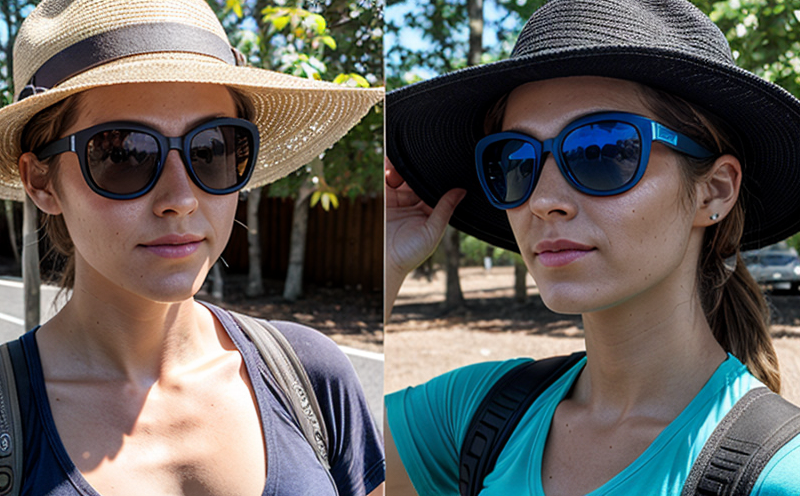ASTM E903 Solar absorptance reflectance and transmittance of materials
The ASTM E903 standard provides a detailed procedure for determining solar absorptance, reflectance, and transmittance of materials using the solar simulator method. This service is crucial in ensuring that textiles meet specific requirements related to UV protection and light transmission. The test is particularly important for sectors such as clothing manufacturing, outdoor gear production, and automotive upholstery design.
Testing solar absorptance, reflectance, and transmittance of materials under the ASTM E903 standard involves exposing a sample to controlled solar radiation in a solar simulator. The sample's response to this radiation is measured using calibrated photometers or spectrometers. This process allows for precise determination of how much light the material absorbs, reflects, and transmits.
The primary purpose of this test is to evaluate the effectiveness of UV protection provided by the textile under various conditions. By understanding these properties, manufacturers can ensure that their products meet industry standards and customer expectations regarding sun protection levels. For instance, fabrics used in outdoor clothing must provide adequate UV shielding to protect users from harmful ultraviolet rays.
During specimen preparation, the material is cut into standard-sized pieces that will be tested individually or as part of a composite sample if necessary. It's important to note that certain types of textiles may require special handling procedures due to their unique characteristics, such as woven versus non-woven materials.
The apparatus used in ASTM E903 testing includes a solar simulator capable of simulating different parts of the electromagnetic spectrum relevant to sunlight exposure. Additionally, high-precision photometers or spectrometers are required for accurate measurement during the test process.
Acceptance criteria according to ASTM E903 depend on the specific application and desired outcome but generally involve comparing measured values against specified limits provided by relevant standards like ISO 12728 or Oeko-Tex Standard 100. Compliance with these standards ensures that textiles meet safety requirements related to UV radiation.
Real-world applications of ASTM E903 testing extend beyond simple fabric evaluation into areas where material performance under prolonged sunlight exposure is critical, such as in the design and manufacturing stages for outdoor gear like tents or umbrellas. Understanding how much light passes through a particular type of fabric helps manufacturers make informed decisions about selecting appropriate materials that balance aesthetics with functionality.
For R&D engineers working on developing new textile products, this service can play an essential role by providing valuable insights into material behavior under specific conditions. Knowing exactly what wavelengths are being absorbed or transmitted allows for adjustments to improve UV protection while maintaining desired visual properties.
- Quality and Reliability Assurance:
- Ensures consistent performance across batches of fabric or other materials used in production processes.
- Helps identify potential issues early in the development cycle through rigorous testing procedures.
The results from ASTM E903 tests contribute significantly to quality assurance efforts by offering objective data that can be compared against established benchmarks. This ensures that any changes made during product development do not compromise on UV protection levels, which is vital for maintaining brand reputation and customer trust.
- Customer Impact and Satisfaction:
- Promotes better decisions regarding fabric selection based on accurate performance metrics.
- Enhances overall satisfaction among customers who value high-quality products with proven sun protection capabilities.
In summary, ASTM E903 solar absorptance reflectance and transmittance of materials testing offers critical information for ensuring textiles meet necessary UV protection standards. By leveraging this service during product design and development stages, manufacturers can create more effective solutions tailored to meet market demands while also contributing positively towards sustainability goals.





